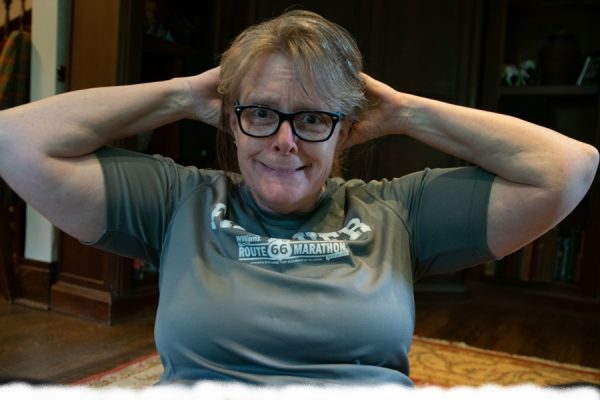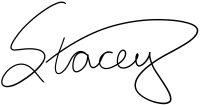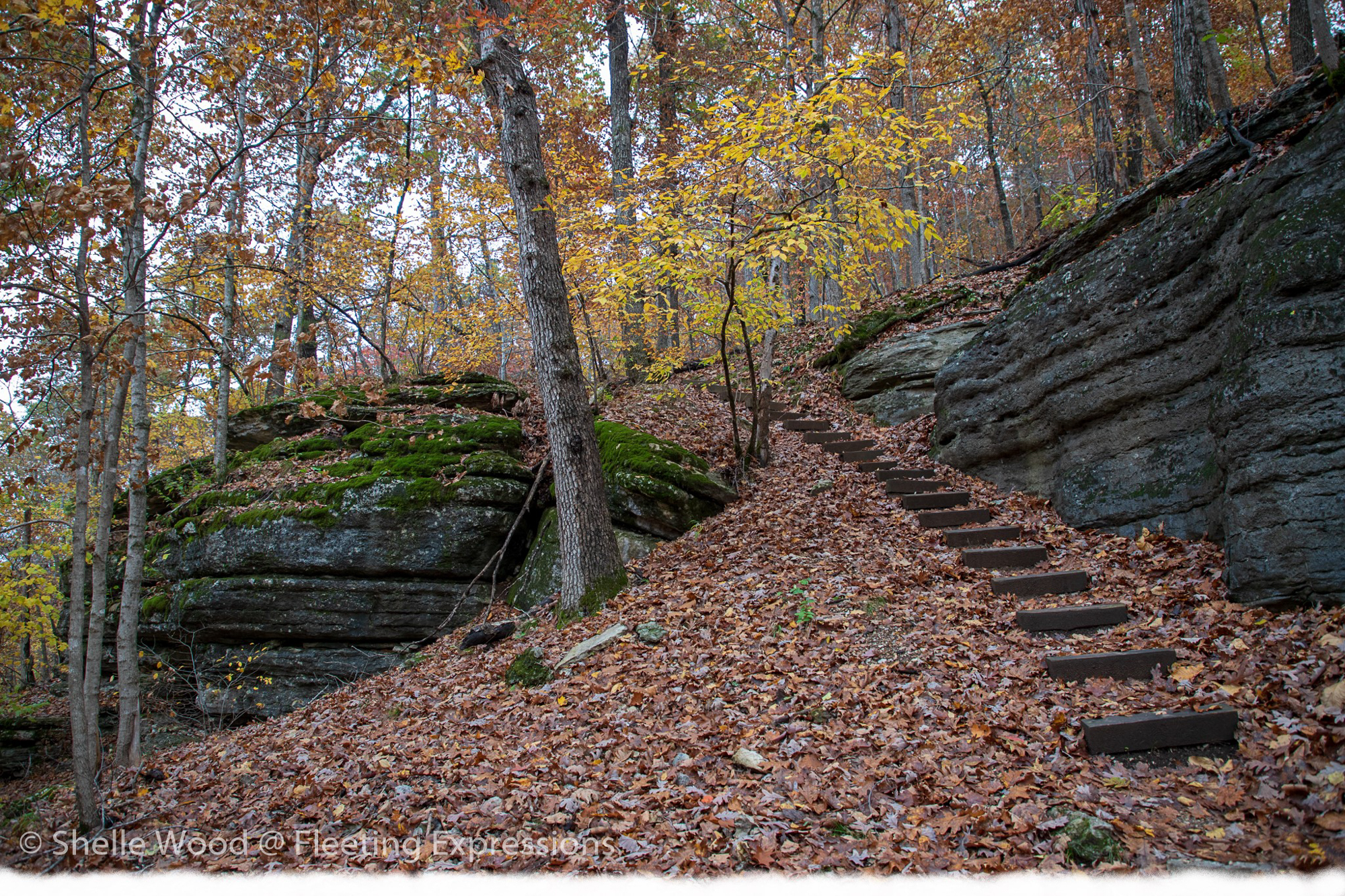Body of Evidence, Revisited

21 May 2020 | Themes: Reflections/Body | 5-Minute Read | Listen
When I shared in January my story of my relationship with my body (“Body of Evidence,” 7 January 2020), I explained how I had carefully gathered all the “evidence”—but only the damaging pieces—and had woven them into a narrative of body negativity. In order to write that article, I had to look back into the past to find the stories I’d told myself. Now, though, I want to look forward.
During these weeks of staying at home, I have, like millions of people, become more sedentary than I was before. Whereas I used to get out and ride my bicycle a few times per week and go on walks with friends, I have spent far more time than usual in front of a screen or at my sewing machine. I began to notice that when I’d get up and move across the room, I felt stiff and sluggish.
I started thinking about how I want to age. I’m 56 years old now, and “aging” still seems like a distant concept. Even re-reading that sentence, “I’m 56 years old now” feels odd. How can I possibly be 56? When did that happen? But, OK, I’m somewhere in the middle of my life, and I want to be able to continue doing all sorts of things. I want to travel, play, entertain, and be active for several more decades. It occurred to me that if I want that later, I need to be building the body for it now.
One evening shortly after that, I heard my daughter Katy as she exercised up in her room. Several years ago, Katy started being very intentional about her body, eating healthfully and exercising diligently. At the time, I didn’t say much to her about it because I didn’t want to give her negative messages disguised as encouragement: “You look great! You’ve lost weight” can easily be interpreted as “You didn’t look so good and you were overweight before,” even though that isn’t at all true. So I said very little for quite a while, other than asking her what foods she wanted from the grocery store.
Last year, though, I took a moment when we were both in the car to tell her that I was proud of her discipline and dedication. She had set a goal and had kept working at it over a long period of time. I was sorry I hadn’t said anything, but I didn’t want to emphasize appearance and weight so much as health, strength, and endurance. I told her that I admired her for making herself so strong and for doing it in a healthy way.
So now here I was, creaking and stiff just walking across the room, and I realized that my daughter was a terrific resource for me! I asked her to be my personal trainer, helping me to prepare my body for the next several decades. It would be a good way to spend time together on a common goal, invite her to use her knowledge and expertise, allow her to earn a little cash, and help me be in better condition. Wins all the way around!
On our first session together, Katy asked me what my goals are. For me, first it’s balance, because I thing that’s key to everything. Next it’s strength and mobility—I want to be able to work and play hard even when I’m an octogenarian. Finally, it’s endurance—I want to feel like I did six years ago when I completed two half marathons. Then I told Katy what would and wouldn’t work for me: encourage me and work with me, but never push me and, above all else, never, ever shame me.
At that first session, I couldn’t do a sit-up. Seriously. Not one sit-up without reaching down and grabbing my knees to pull up. This was a shock to me—how could I be that out of shape? But rather than allow me to lie there and berate myself, Katy encouraged me and let me use my knees to pull up while she stood on my toes for leverage. She kept telling me that I could do it, so I did it.
Next day: again with the horrid sit-ups. But this time, I didn’t need to use my knees! Katy still held my toes down for me, but I could pull myself up with my abs, and she pointed out how much better I was at sit-ups already. That felt great! Within two weeks, I didn’t need her to hold my feet for me any longer, either.
We work most frequently on abs, because building the core of the body is essential to everything else. The core muscles give us balance and stability so that we can move without falling and go about all the activities we do. The core is the centered place in the body that gives us a sense of equilibrium.
Slowly and steadily, I intend to weave a new narrative about my body—a strong, balanced body that is capable of an active lifestyle. I’m building the body of my future and letting go of my negative body relationship of the past. It feels good to be making small, incremental steps toward a goal.
I hope you, Dear Reader, are getting enough rest, sunlight, exercise, and good nutrition. I hope you are looking toward your future. Be of good courage. May you be well.
Until next time,

If you enjoyed this article,
please share on social media!
NEXT ARTICLE

Back to the Beginning: Getting Started
1 May 2019 | Theme: Getting Started | 4-Minute Read
2 thoughts on “Body of Evidence, Revisited”
The first article of yours I came across was Toxic “Generosity” and the Myth of Sacrifice, December 2019. That was the year of a Christmas I will never forget and your words helped me engage in some much needed self-reflection about where my generosity comes from. I saw that you didn’t write anything in 2021 or 2022, so I went directly to this last article, written in 2020, two days after my husband died. It is heartfelt and encouraging and I don’t think you should ever stop sharing your writing. You never know what kind of butterfly effect your words might have in this world.
I am so sorry to hear of your loss. I stopped working on Do You Mind during the pandemic, and although I had planned to return to it, I had lost inertia. Then, as way leads on to way, life took me in other directions and I found it difficult to return; I didn’t even moderate comments until today (19 March 2023), when I was quite touched by your response. I will hold space for you, Rebecca.